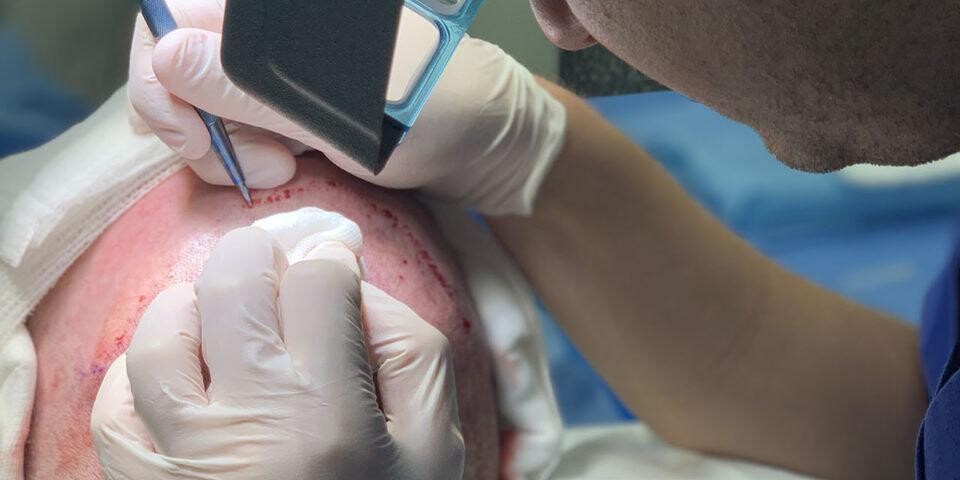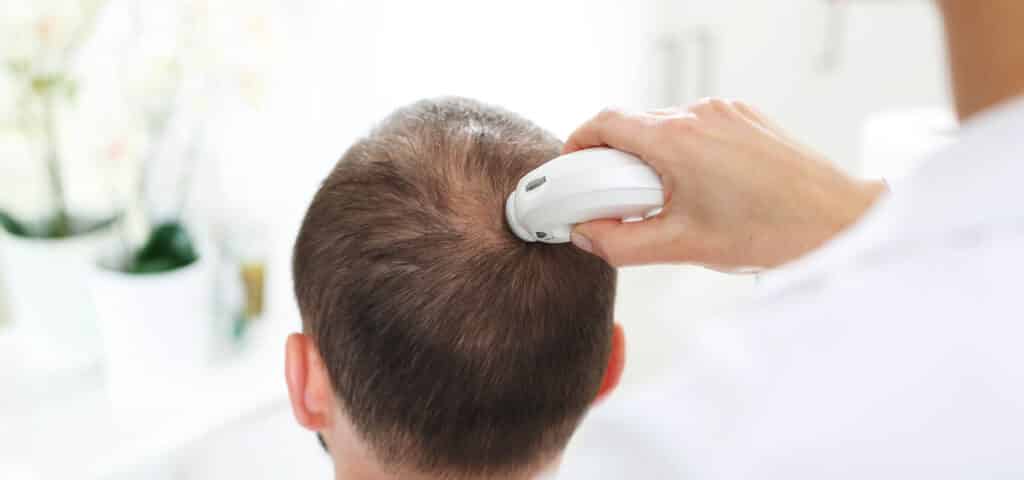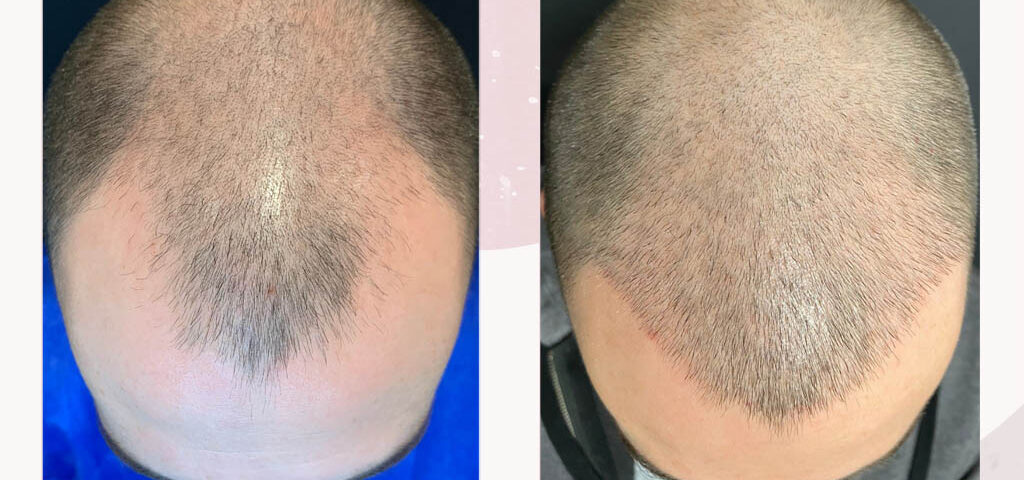Hair transplant is a revolutionary procedure that can restore self-confidence and transform appearance. However, before taking this step, it is important to understand how to prepare for it. Below we explain in detail what to keep in mind to enjoy the desired results!
What is a hair transplant and how does it work?
Hair transplant is a medical procedure that involves transferring hair from areas with a higher density to those affected by thinning or balding. It is mainly used in cases of male pattern baldness and alopecia areata. There are several hair transplant techniques, but the most common is FUE. Individual hair units are harvested from donor areas using micro-instruments and then transplanted into areas with hair loss.
At the beginning of the procedure, the doctor marks the donor areas, usually located on the back of the head. Then, the recipient areas are identified, where the hair will be transplanted. Using specialized tools, such as micro-instruments with a diameter of 0.6–1 mm, the doctor removes individual hair units. Each graft contains one to several hairs and associated structures, such as hair follicles and skin tissue.

Recipient sites are carefully prepared by the specialist using micro-instruments or micro-scissors to allow transplantation of the grafts. Once grafts are collected, they are transplanted into the prepared sites. This is a precise process requiring skill, as the hairs must be placed in the correct orientation and angle for a natural appearance. After the procedure, both donor and recipient areas are covered with dressings. The patient also receives aftercare instructions for recovery.
What to keep in mind before a hair transplant?
The first step is a consultation with a specialist. An experienced hair restoration surgeon will thoroughly discuss the patient’s expectations, medical history, and available treatment options, while ruling out any contraindications.
Patients should also maintain a healthy lifestyle, which may affect the success of the procedure. Regular physical activity, a balanced diet rich in nutrients, and stress reduction are key elements to include in the daily routine before surgery. It is equally important to have realistic expectations, which can be clarified during the consultation.
A hair transplant is also a significant emotional step, which may trigger mixed feelings. Therefore, mental preparation and open communication with the doctor are essential. Patients should not hesitate to ask questions. The better they understand the procedure, the more confidence they will have during and after the surgery.
What tests are needed before a hair transplant?
Before a hair transplant, certain tests are usually recommended to ensure the procedure can be safely performed. General blood tests are advised to assess overall health, including hemoglobin, hematocrit, proteins, and to rule out possible infections. Hormonal tests, especially the levels of sex hormones such as testosterone and estrogen, can be very helpful—particularly in cases of androgenetic alopecia.

The doctor may also recommend scalp examinations to assess skin condition and detect problems such as psoriasis or seborrheic dermatitis, which can affect the course and outcome of surgery. If autoimmune diseases are suspected (e.g., linked to alopecia areata), antibody testing may also be required. Patients with existing medical conditions or chronic diseases may need additional tests or specialist consultations to evaluate potential risks.
Read more: What does a hair and scalp examination look like?
Indications for a hair transplant
Indications include various types of hair loss or thinning that negatively impact appearance. These include:
- Androgenetic alopecia – the most common type of hair loss in men, characterized by gradual thinning in the frontal and temporal areas. Hair transplant can restore density and natural appearance,
- Alopecia areata – an autoimmune condition resulting in sudden, round bald patches. Hair transplant may help restore hair in affected areas,
- female hair thinning – caused by factors such as genetics, hormonal changes, or autoimmune diseases. Hair transplant can improve density in such cases,
- hair loss caused by trauma or medical treatments – injuries, burns, or past surgeries can lead to localized baldness, which can be corrected with transplantation,
- aesthetic corrections – some patients choose hair transplants for cosmetic reasons, to enhance their appearance and confidence.
Contraindications to hair transplant
Although hair transplantation is generally safe, there are contraindications that may prevent the procedure, including:
- insufficient donor hair – a minimum donor supply is required to harvest enough grafts,
- scalp conditions such as psoriasis, atopic dermatitis, or rosacea, which may increase the risk of complications,
- blood clotting disorders (e.g., hemophilia), which increase bleeding risk during surgery,
- immune system disorders such as HIV/AIDS or autoimmune diseases, which increase the risk of infection and poor healing,
- psychiatric conditions – severe mental health disorders, such as depression, may complicate recovery and require psychiatric evaluation.
Hair transplant – results you can expect
Improved appearance, well-being, and self-confidence are among the main benefits of a hair transplant. Results include restored hair density in areas affected by balding. A precise procedure ensures a natural look, allowing patients to regain their original appearance. Moreover, the results are very natural. Transplanted hair grows and behaves like natural hair, making it almost impossible to distinguish. The results are typically long-lasting, allowing patients to enjoy their new hair for many years.

At OT.CO Clinic, we specialize in various hair transplant techniques. To date, we have successfully performed many transplants using methods such as FUE, one of the most popular techniques for achieving natural results. Our experienced doctors ensure patient comfort and satisfaction by conducting a comprehensive consultation beforehand. As a result, patients know exactly what to expect from the procedure!
Read more: How much does a hair transplant cost and when are the first results visible?





